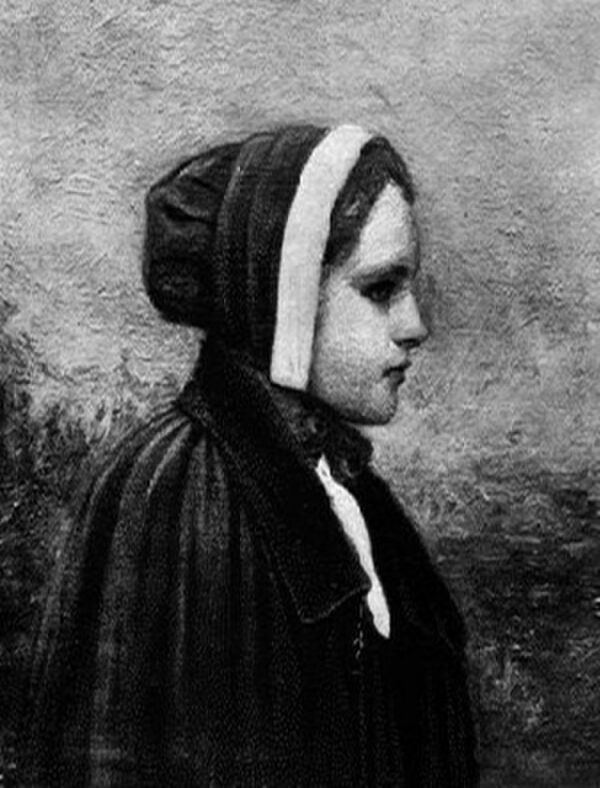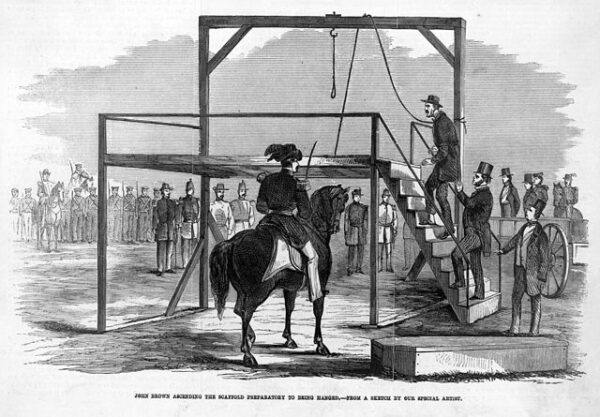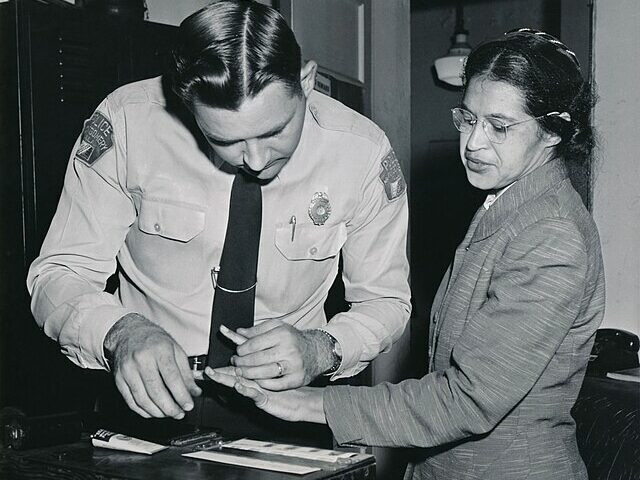The morning of June 10, 1692, dawned grim and overcast over the Puritan town of Salem, Massachusetts. That day, Bridget Bishop—widow, tavern-keeper, and long-rumored consorter with the devil—was led to Gallows Hill and hanged for the crime of witchcraft. Her execution marked the first in what would become the deadliest witch-hunt in American history, and it illuminated the fatal convergence of superstition, social tension, and a theocratic justice system that defined the Salem witch trials.
Bishop was a particularly ripe target. A middle-aged woman known for her flamboyant dress, sharp tongue, and ownership of an establishment that served hard cider, she was everything a good Puritan woman was not supposed to be. To her accusers—largely adolescent girls whose convulsive fits, visions, and accusations had come to be regarded as credible signs of demonic torment—Bishop’s reputation as a quarrelsome and eccentric woman made her a fitting vessel for Satan’s malice. “She afflicts me!” one girl cried in the courtroom, collapsing into spasms. Others followed suit. That was enough.
Central to the prosecution’s case was the use of “spectral evidence”—testimony that the defendant’s spirit or specter had appeared to the afflicted in a vision or dream. In modern jurisprudence, such claims would be dismissed as hearsay or delusion, but in 1692, in a society that regarded spiritual reality as more consequential than the physical world, such evidence was taken not only seriously, but conclusively. Bishop’s denials were firm—she insisted, “I am no witch. I am innocent.” But her fate had already been sealed in the fevered imagination of Salem.
What made the Salem trials unique was not simply the number of victims (twenty would ultimately be executed), but the way the legal system itself became an instrument of religious fear. The court of Oyer and Terminer, specially convened by Massachusetts Governor William Phips at the behest of the colony’s ministers, operated with sweeping powers and few checks. Judges like Samuel Sewall and William Stoughton accepted spectral evidence, coerced confessions, and the ravings of children as sufficient for death sentences. Phips himself would later express regret, but at the time, he allowed the machinery of persecution to run unhindered.
Bishop’s death was a harbinger. In the months that followed, the gallows would claim men and women from across the social spectrum—churchgoing matrons like Rebecca Nurse, former ministers, farmers, and beggars. Some were accused by neighbors over land disputes; others fell victim to mass hysteria. All were caught in a moment when the line between spiritual discernment and communal vengeance had been fatally blurred.
Yet even in the midst of this madness, dissent brewed. A few brave voices—like that of minister Increase Mather—began to question the legitimacy of spectral evidence and warn against the abandonment of legal restraint. Eventually, public sentiment turned. By October 1692, the court was dissolved. The remaining accused were released. In time, apologies were issued, reparations made. But the stain endured.






